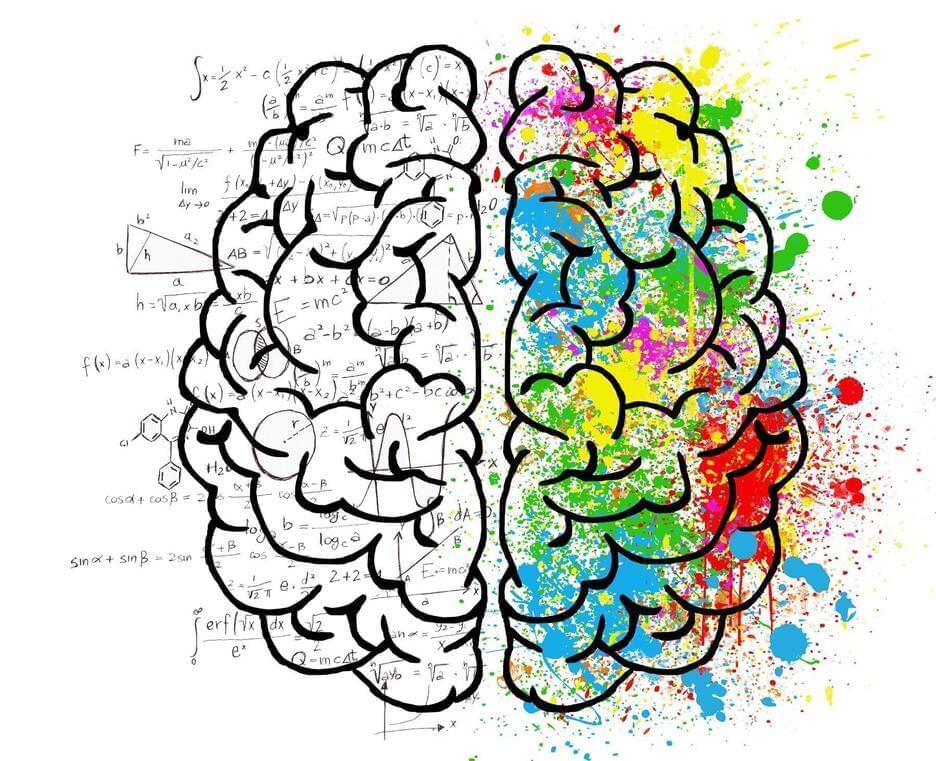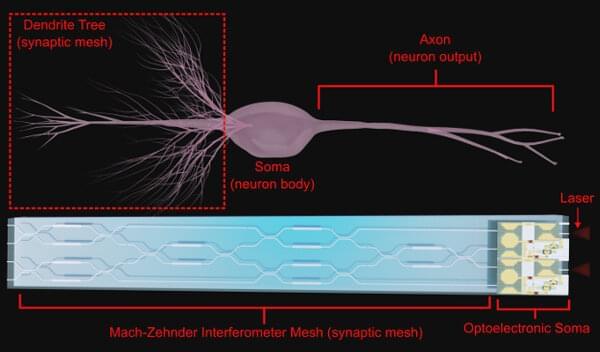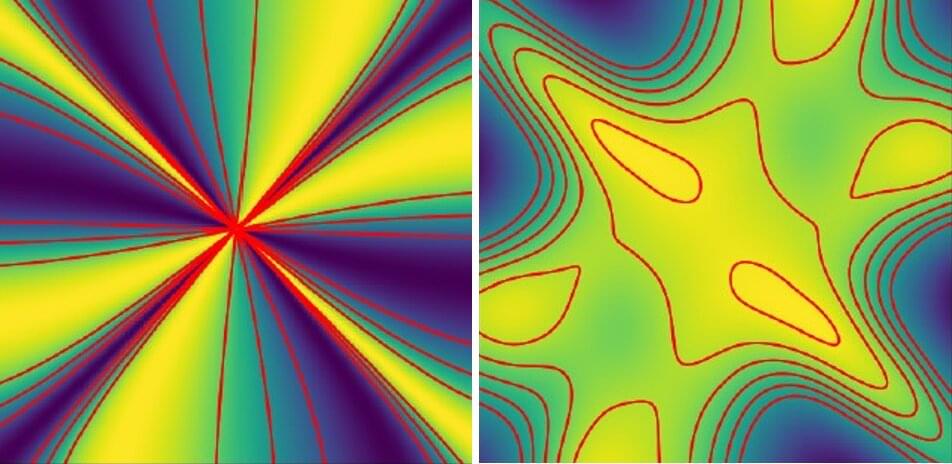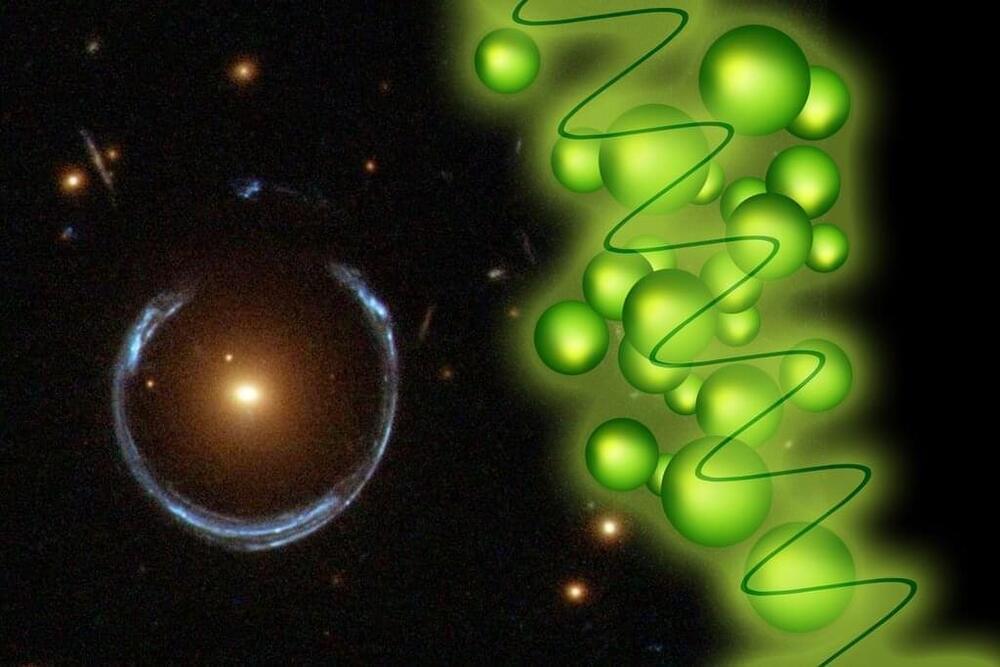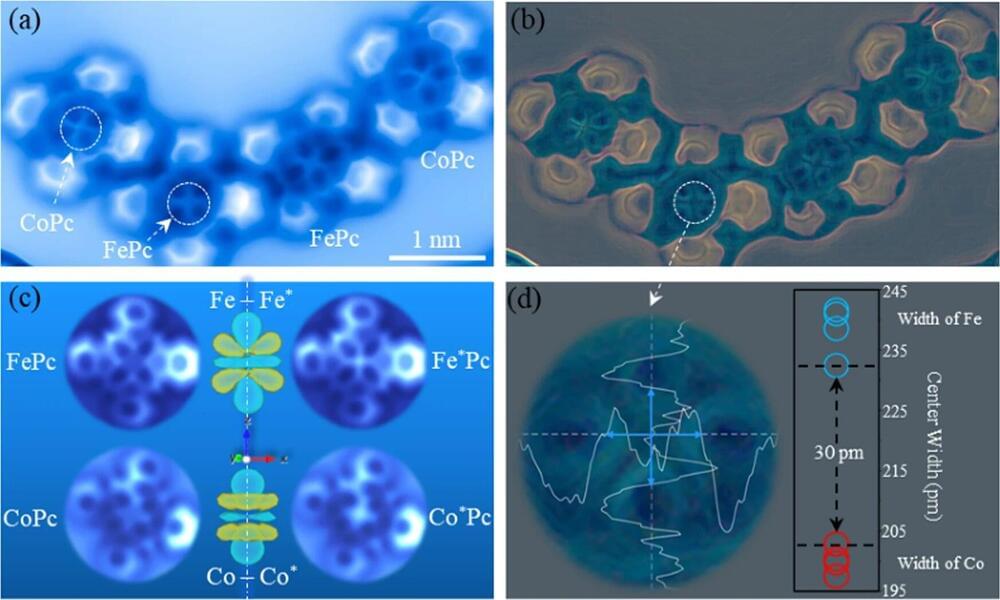Joscha Bach is a cognitive scientist focusing on cognitive architectures, consciousness, models of mental representation, emotion, motivation and sociality.
Patreon: https://patreon.com/curtjaimungal.
Crypto: https://tinyurl.com/cryptoTOE
PayPal: https://tinyurl.com/paypalTOE
Twitter: https://twitter.com/TOEwithCurt.
Discord Invite: https://discord.com/invite/kBcnfNVwqs.
iTunes: https://podcasts.apple.com/ca/podcast/better-left-unsaid-wit…1521758802
Pandora: https://pdora.co/33b9lfP
Spotify: https://open.spotify.com/show/4gL14b92xAErofYQA7bU4e.
Subreddit r/TheoriesOfEverything: https://reddit.com/r/theoriesofeverything.
Merch: https://tinyurl.com/TOEmerch.
0:00:00 Introduction.
0:00:17 Bach’s work ethic / daily routine.
0:01:35 What is your definition of truth?
0:04:41 Nature’s substratum is a “quantum graph”?
0:06:25 Mathematics as the descriptor of all language.
0:13:52 Why is constructivist mathematics “real”? What’s the definition of “real”?
0:17:06 What does it mean to “exist”? Does “pi” exist?
0:20:14 The mystery of something vs. nothing. Existence is the default.
0:21:11 Bach’s model vs. the multiverse.
0:26:51 Is the universe deterministic.
0:28:23 What determines the initial conditions, as well as the rules?
0:30:55 What is time? Is time fundamental?
0:34:21 What’s the optimal algorithm for finding truth?
0:40:40 Are the fundamental laws of physics ultimately “simple”?
0:50:17 The relationship between art and the artist’s cost function.
0:54:02 Ideas are stories, being directed by intuitions.
0:58:00 Society has a minimal role in training your intuitions.
0:59:24 Why does art benefit from a repressive government?
1:04:01 A market case for civil rights.
1:06:40 Fascism vs communism.
1:10:50 Bach’s “control / attention / reflective recall” model.
1:13:32 What’s more fundamental… Consciousness or attention?
1:16:02 The Chinese Room Experiment.
1:25:22 Is understanding predicated on consciousness?
1:26:22 Integrated Information Theory of consciousness (IIT)
1:30:15 Donald Hoffman’s theory of consciousness.
1:32:40 Douglas Hofstadter’s “strange loop” theory of consciousness.
1:34:10 Holonomic Brain theory of consciousness.
1:34:42 Daniel Dennett’s theory of consciousness.
1:36:57 Sensorimotor theory of consciousness (embodied cognition)
1:44:39 What is intelligence?
1:45:08 Intelligence vs. consciousness.
1:46:36 Where does Free Will come into play, in Bach’s model?
1:48:46 The opposite of free will can lead to, or feel like, addiction.
1:51:48 Changing your identity to effectively live forever.
1:59:13 Depersonalization disorder as a result of conceiving of your “self” as illusory.
2:02:25 Dealing with a fear of loss of control.
2:05:00 What about heart and conscience?
2:07:28 How to test / falsify Bach’s model of consciousness.
2:13:46 How has Bach’s model changed in the past few years?
2:14:41 Why Bach doesn’t practice Lucid Dreaming anymore.
2:15:33 Dreams and GAN’s (a machine learning framework)
2:18:08 If dreams are for helping us learn, why don’t we consciously remember our dreams.
2:19:58 Are dreams “real”? Is all of reality a dream?
2:20:39 How do you practically change your experience to be most positive / helpful?
2:23:56 What’s more important than survival? What’s worth dying for?
2:28:27 Bach’s identity.
2:29:44 Is there anything objectively wrong with hating humanity?
2:30:31 Practical Platonism.
2:33:00 What “God” is.
2:36:24 Gods are as real as you, Bach claims.
2:37:44 What “prayer” is, and why it works.
2:41:06 Our society has lost its future and thus our culture.
2:43:24 What does Bach disagree with Jordan Peterson about?
2:47:16 The millennials are the first generation that’s authoritarian since WW2
2:48:31 Bach’s views on the “social justice” movement.
2:51:29 Universal Basic Income as an answer to social inequality, or General Artificial Intelligence?
2:57:39 Nested hierarchy of “I“s (the conflicts within ourselves)
2:59:22 In the USA, innovation is “cheating” (for the most part)
3:02:27 Activists are usually operating on false information.
3:03:04 Bach’s Marxist roots and lessons to his former self.
3:08:45 BONUS BIT: On societies problems.
Subscribe if you want more conversations on Theories of Everything, Consciousness, Free Will, God, and the mathematics / physics of each.
I’m producing an imminent documentary Better Left Unsaid http://betterleftunsaidfilm.com on the topic of “when does the left go too far?” Visit that site if you’d like to contribute to getting the film distributed (in 2020) and seeing more conversations like this.
